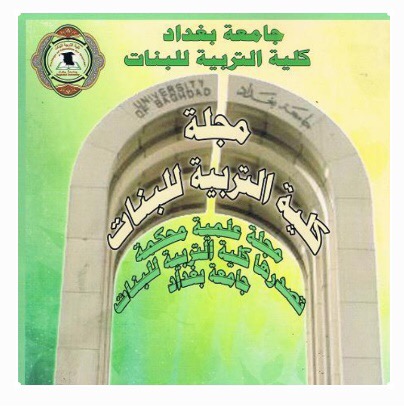Water harvesting and sustainable spatial development A case study of the province of badra – zurbatiyah
Abstract
The major climate changes that have affected the planet in addition to wave the big drought plaguing the study area, including the lack of water for imports Badra River fatigue because of the Iran constructing dams on this river and make use of the waters for the benefitof its territory. The subject of finding sources of water has become available with the possibility of exploiting them in an exemplary manner is one of the key things in order to be exploited somewhere.
The study area was chosen within the eastern border of the province of Wasit within the district of Badra border, an area of (1557.5 km2) almost "to study the characteristics of hydrological and identify possibilities for water harvesting them. In this study was conducted hydrological region study in the light available to estimate surface runoff volumes of data It could be harvested based on the data available to the climatic Badra station and for the period from 1995 to 2013 and using a technique of geographic information systems (GIS) through the use of the program (Global mapper 12) to calculate the amount of water imports in the study area.
The study showed us that the amount of water that has been harvested amounted to 24.269050 million cubic meters and in the light of these results has been chosen the right model for water for the catchment area which accommodates the volume of water greater than quantities in anticipation of "the circumstances in which the region controller if there has been the increase in the amount of rain that falls on the region at different climatic conditions there. In light of these data it was hired these quantities and exploited for agricultural development in the study area.

Published
Issue
Section
License
![]()
All articles published in Journal of College of Education for Women are licensed under a Creative Commons Attribution 4.0 International License.










